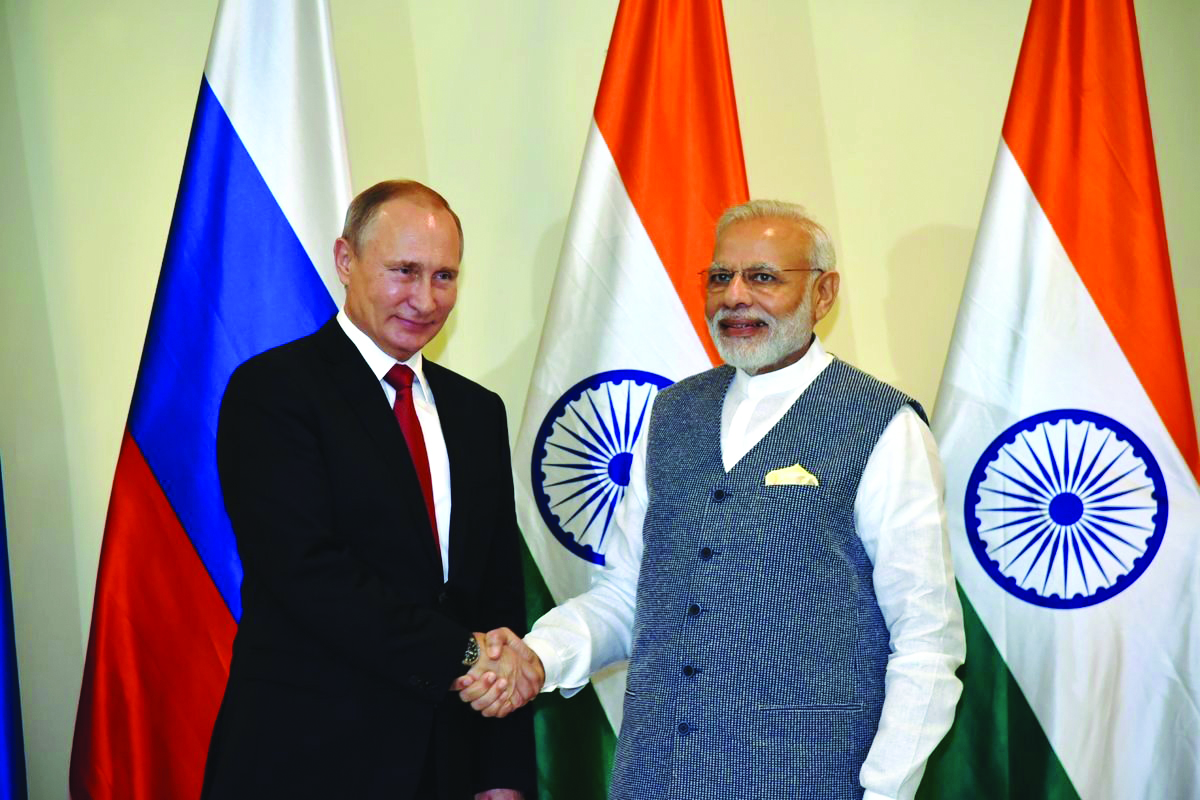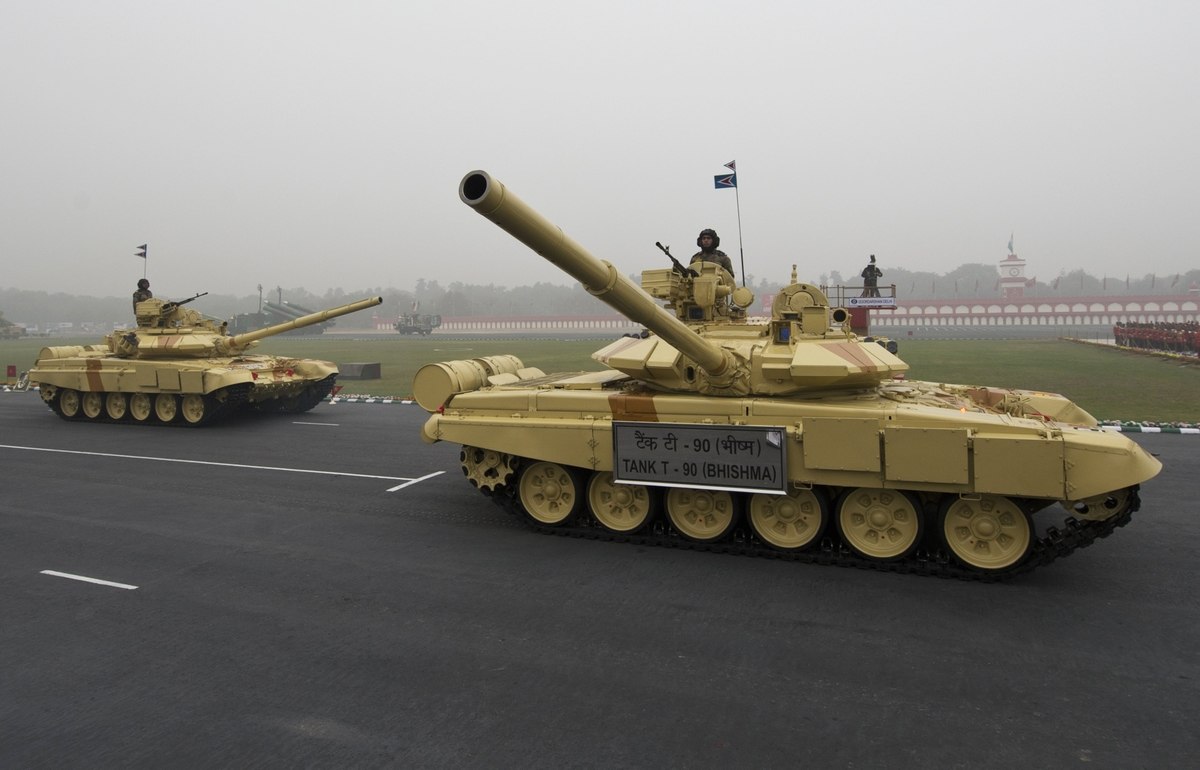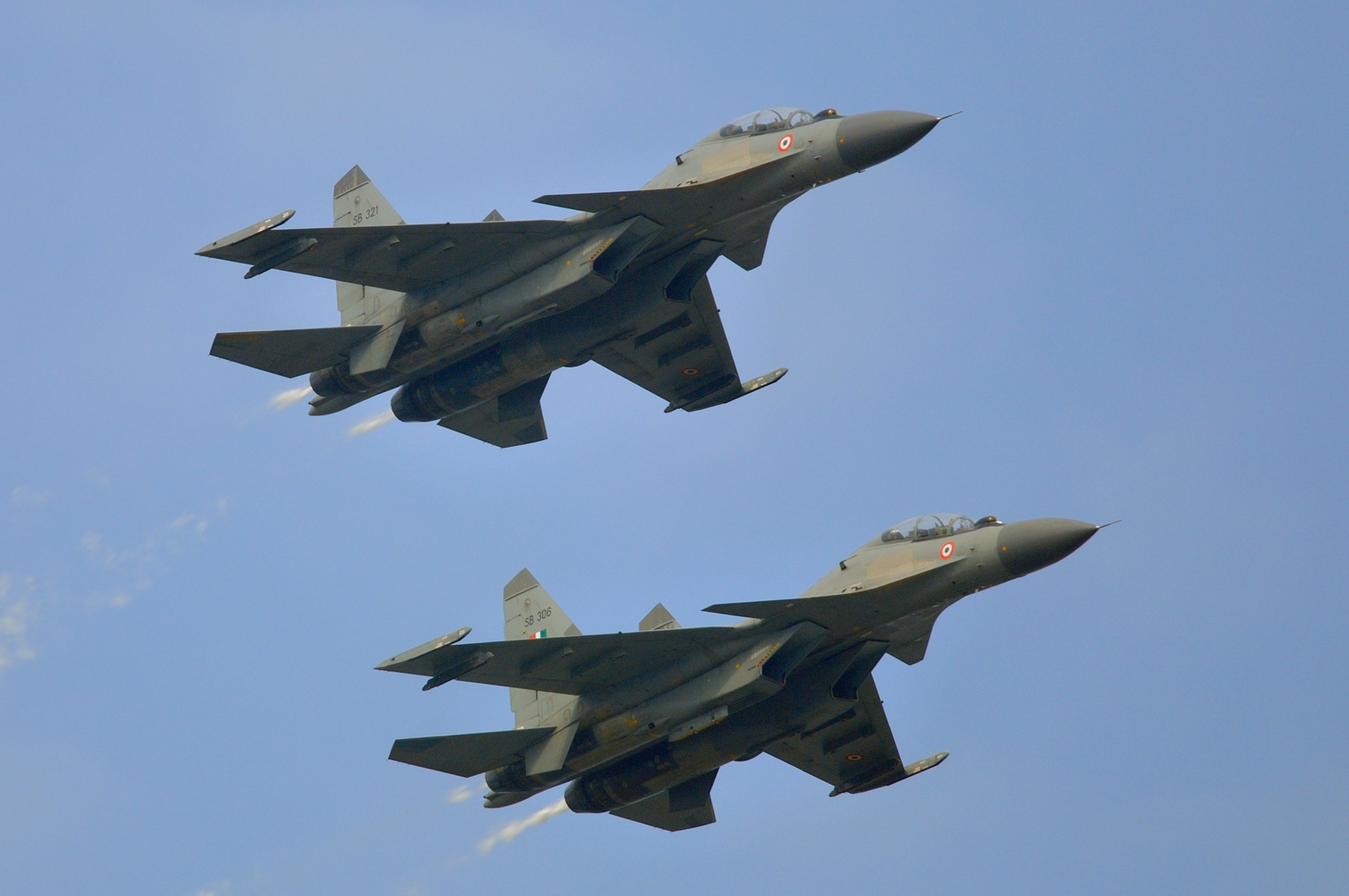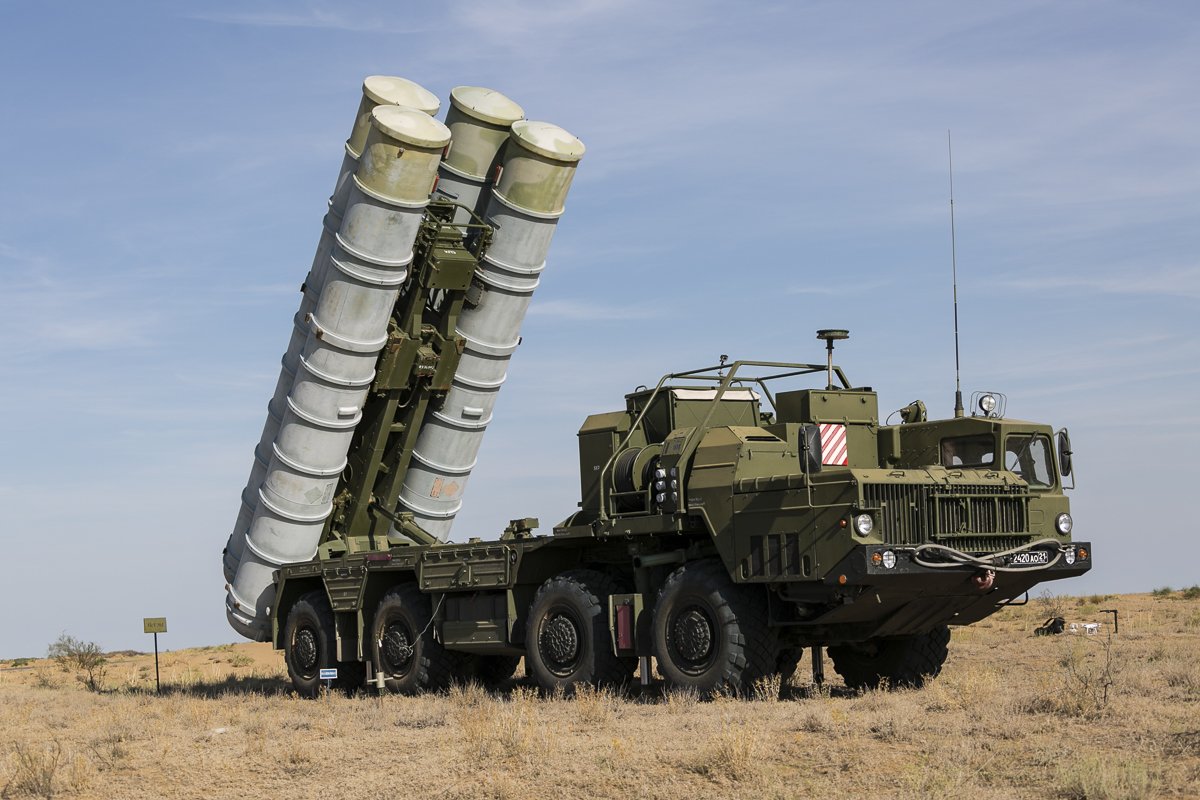
During 70 years of diplomatic ties between New Delhi and Moscow, their bilateral relations have evolved into a “privileged” strategic partnership covering all spheres of the human activity – from space to seismology, but defence relationship remains its strongest pillar albeit with some hiccups, which coincided with break-up of the mighty Soviet Union, fragmentation of its highly integrated Military-Industrial Complex (MIC).
Over the past two decades, Russia remained the main and trusted source of cutting-edge military technology and platforms for the three services of the Indian Armed Forces. India was the first country in the world with which Russia inked in 1995 a five-year programme of military-technical cooperation, which stands extended till 2020 and its nodal body – the India-Russia Inter-Governmental Commission on Military-Technical Cooperation (IRIGC-MTC) is co-chaired by the defence ministers of the two countries, who annually meet alternatively in India and Russia.
There are two Working Groups and seven Sub-Groups under the IRIGC-MTC, which review and discuss an array of military technical issues related to needs of all the three services of the Indian Armed Forces. In 2008, a high level committee called the High Level Monitoring Committee (HLMC) was set up with Defence Secretary from the Ministry of Defence of India and Director of Federal Service for Military Technical Cooperation (FSMTC) from the Russian Federation as its co-chairs to promptly resolve contentious issues requiring high level intervention.
Although the major weapons and acquisition programmes with a considerable content of “Make in India”, like licensed production of T-90S main battle tanks, Sukhoi Su-30MKI multi-role fighters are in the public domain, but a considerable part of defence cooperation, mainly along the DRDO route is shrouded in the veil of secrecy for obvious reasons.

Development of nuclear submarine Arihant, indigenous aircraft carrier Vikrant developed under highly secretive ATV and ADS projects are some of the examples of the India-Russia defence cooperation. As one of the former Indian ambassadors in Moscow giving the example of BrahMos cruise missile aptly compared bilateral defence cooperation with iceberg, “you see its tip with all media hype and scandals, but actual work goes on quietly unseen until a project fructifies.”
BrahMos JV agreement signed with Russia in February 1998 is the trend-setter in “Make in India”, was a well-guarded secret till it was successfully launched in 2001 and in the same year it was displayed at Moscow International Aerospace Show (MAKS). Since then, there has been no looking back. BrahMos Aerospace JV in which DRDO and Russia’s NPO Mashinostroyeniya have 50.5-49.5 per cent equity respectively has become a benchmark for not only absorbing cutting-edge defence technology but also further developing it.
Beginning from mid-1990s after Soviet collapse India and Russia began to transform their arms trade from “buyer-seller” relationship to joint research, development and production of which supersonic BrahMos cruise missile is a text book example.
Frankly speaking, the Su-30MKI was the harbinger of this trend, when engineers of the Indian Air Force and Sukhoi jointly rubbed shoulders to develop a multirole air superiority fighter on the basis of Su-27 trainer jet. The end product was tailored to meet IAF’s most stringent requirement of that time and vast potential for its future modernisation.
Su-30 MKI is a unique case in bilateral cooperation, when the IAF got it much earlier than the Russian Air Force, which is now widely using Su-30SM in Syria campaign. The experience and work culture accumulated during MKI project had prompted India and Russia to sign the agreement for the joint development of the fifth generation fighter aircraft under FGFA project, which for various objective and subjective reasons is in a limbo. However, in spite of media reports about India shelving the FGFA deal, Indian Ambassador Pankaj Saran in his latest interview to Russia’s TASS news agency said that talks on FGFA are still going on.

“I can only say that the talks are going on, as a result of which there is better understanding of each other’s priorities and plans for the future,” Ambassador Saran, who has been appointed as Deputy National Security Advisor, said on FGFA.
The delay in delivery of the much-needed aircraft carrier Admiral Gorshkov beyond reasonable limits and whooping cost escalation of refurbished warship by almost three times the original price tag had become a major irritant in bilateral India -Russia relations and had raised the issue of Russia’s ability of being a reliable defence partner. However, after its commissioning in November 2013, the Indian officials claimed that INS Vikramaditya was worth the money India paid for it.
Albeit the Gorshkov saga cast a long and dark shadow on the defence cooperation with Russia compounded with reports of unsatisfactory performance of carrier-based MiG-29K fighters, lack of spares and unsatisfactory after sales services.
In this backdrop expensive defence deals including Boeing’s C-17A strategic transport aircraft and P-8I Maritime Patrol Aircraft made the United States India’s main arms supplier. However, India still has over 60 per cent inventory of Soviet or Russian origin and in terms of volume and not money, Moscow will remain its main arms supplier with several big ticket deals in the pipeline including four improved Talwar class frigates, joint venture for the production of 200 Kamov Ka-226T multirole utility helicopters for armed forces and lease of another nuclear submarine and finally five units of S-400 air defence system. However, the shadow of American CAATSA is looming large on these deals in which S-400 missiles deal is the main stumbling block.
Countering America’s Adversaries Through Sanctions Act (CAATSA) was adopted mainly to punish Russia, North Korea and Iran, but its secondary section 231 adopted in August 2017 provides for sanctions for significant transactions with defence and intelligence bodies of the government of Russia, putting any arms deal with Russia in jeopardy. The US has openly warned India that S-400 deal with Russia will attract sanctions.
The Indo-Russian inter-governmental agreement on the acquisition of long range S-400 ADMS (NATO reporting name – SA-21 Growler) was signed in October 2016 at the Goa summit.
During his recent informal meeting in Sochi, Prime Minister Narendra Modi is reported to have assured his Russian host President Vladimir Putin that India will not be deterred by CAATSA.

“Military-Technical cooperation between India and Russia was discussed during the meeting between the leaders. We are committed to all our agreements in this sphere, including purchase of S-400. India has a long history of military-technical cooperation with Russia based on trust and mutual benefit. There is no change in the approach of India to our partnership in this field,” Ambassador Pankaj Saran told Russian media after Sochi summit.
When asked whether the S-400 deal will be signed at the upcoming annual summit in October this year, he said: “I would not like to fix any time-frame. I can only say that we have achieved significant progress in the negotiations.”
Defending its trusted and time-tested defence relationship with Moscow, New Delhi is giving the argument that big ticket deals were made before adoption of CAATSA, so it cannot be applied backdated.
Meanwhile, India is reported to be considering several options to bypass CAATSA by switching over to payments in Indian rupees or alternate currencies including Singapore dollars. There is a strong feeling that the waivers mooted by some US officials including Secretary of Defence Jim Mattis will come with riders jeopardising India’s strategic autonomy.
S-400 Triumf (Triumph)
So what is so big about S-400 that US is against it. S-400 is a multi-layer long-range air defence system capable of simultaneously destroying several airborne targets like ballistic missile warheads, stealth aircraft, drones and cruise missiles, depending on its configuration. The US stealth F-22 Raptor and F-35 Lightening will be within its reach.

It would be a game-changer in the region. When deployed in the forward areas it will be able to keep 24×7 watch on Pakistani airspace and airbases right up to its western borders and deep inside the Chinese air space in Tibet. Designed and produced by Russia’s Almaz-Antey Concern S-400 system can be customised for full integration in the integrated aerospace defence of the customer country.
China is so far the only country to get S-400 Triumf but unlike India, Beijing will not get very long-range 40N6 SAMs with the range of 400 kilometres as China is not a member of MTCR (missile technology control regime) while India is.
Although India will be paying more for 5 S-400 systems, but the deal would include longest-range 40N6 SAMs and transfer of technology for their manufacture under “Make in India” programme, experts believe.








